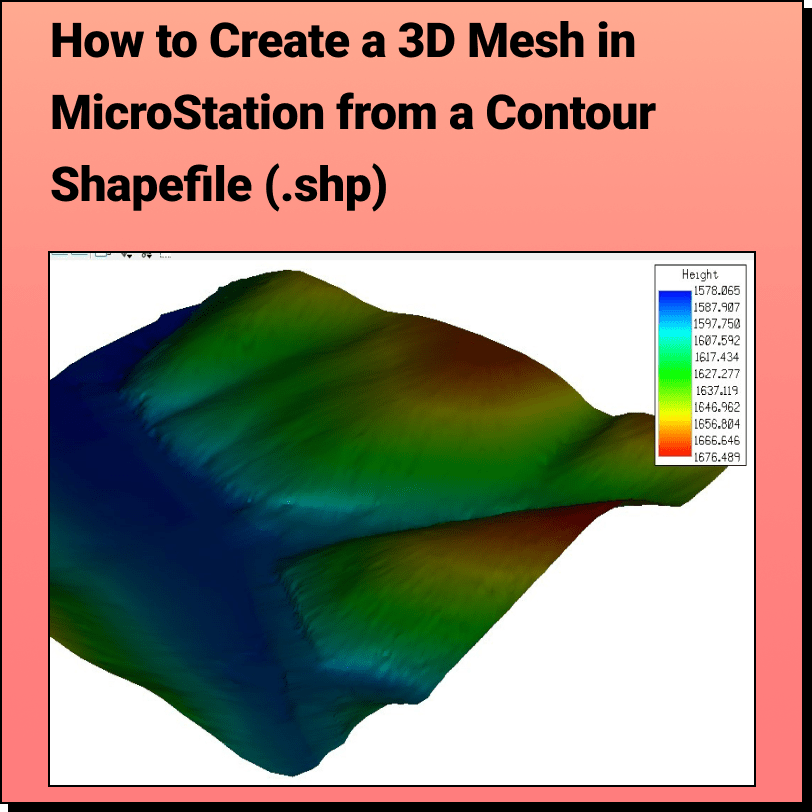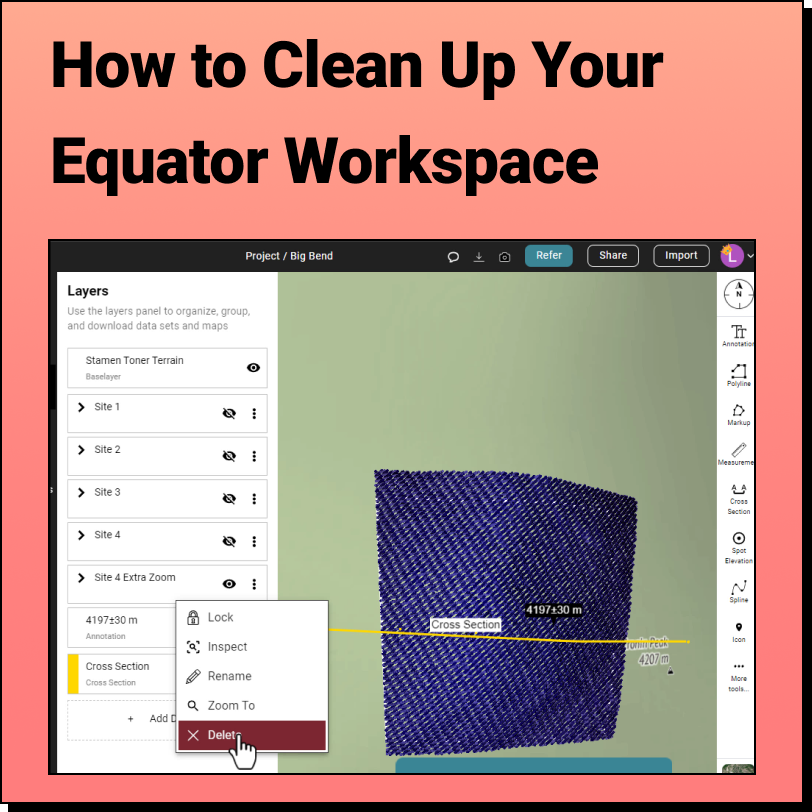L1, L2, and L5 GPS Signals: What Do They Mean?
Have you ever been confused by how many different types of GPS signals there are? If so, here is your quick-and-easy summary explaining L1, L2, and L5 signals and how they are used.
L1
The L1 signal is the oldest GPS signal. It has two parts: the Coarse/Acquisition Code (C/A) and the Precision Code (P-code). The P-code is reserved for military use, while the C/A is open to the public. The L1 signal uses the frequency 1575.42 MHz (source). Since the L1 is the oldest and most established signal, even the cheapest GPS units are capable of receiving it. However, because its frequency is relatively slow it is not very effective at traveling through obstacles.
L2
The L2 frequency was implemented after the L1. It also has a military code and a civilian use code. The L2 uses the frequency 1227.60 MHz, which is faster than the L1. This allows the signal to better travel through obstacles such as cloud cover, trees, and buildings (more on obstacles here). However, since L2 is newer, its infrastructure is not yet complete. Because of this, it cannot be used on its own: it must be used along with L1 frequencies (source).
L5
L5 is the third GPS signal, operating at 1176 MHz. It is the most advanced GNSS signal yet, but it is still in its infancy, with deployment scheduled for 2021 (source). It will be used for safety-of-life transportation and other demanding applications such as aviation. It will eventually become another signal available for civilian users (source). Since it is so new, it’s not yet useful for surveyors, but it is something to keep in mind when designing the GPS receivers of the future.
Signal Use
There are two main ways to make use of the L1 and L2 GPS signals. First, the L1 signal can be used on its own. This will give you about a centimeter of accuracy (when also using RTK) but is still considered slow, taking about 10 minutes to reach that level of accuracy.
The L1 and L2 GPS signals can also be used together in a method called PPP (Precise Point Positioning). Since the L2 signal has a higher frequency, it can travel much more easily through obstacles. This means that errors caused by particles in the air can be calculated and eliminated by comparing the two signals. This gives you a level of accuracy comparable to when using the RTK method, except only one receiver is needed. Additionally using the L1 and L2 together allows the receiver to operate in tougher conditions, such as near buildings or under tree cover (source). Since the L2 signal is faster and sent out more frequently, this method also allows for faster initial signal acquisition than with L1 alone.







